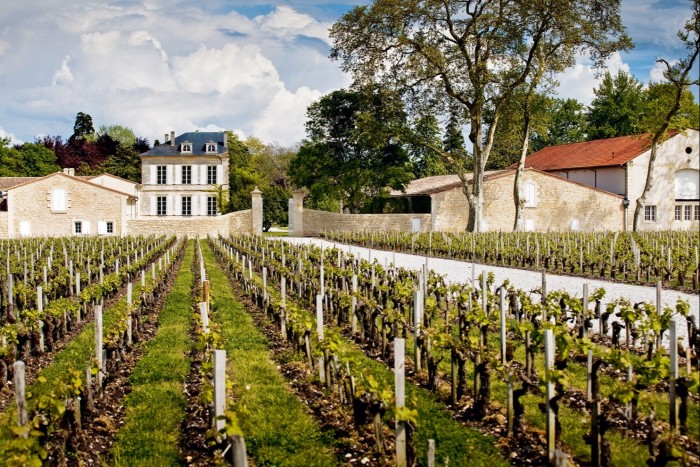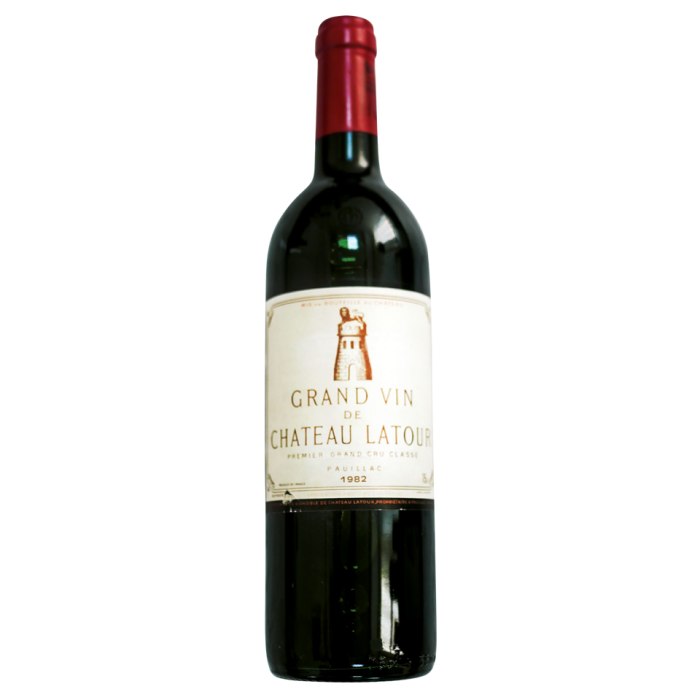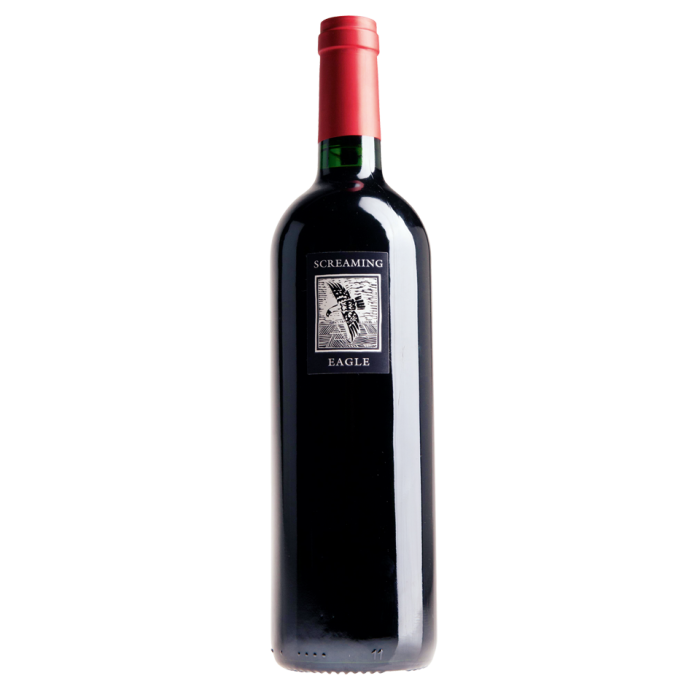What makes a great wine great?

Roula Khalaf, Editor of the FT, selects her favourite stories in this weekly newsletter.
A few months ago, I received an invitation to a tasting billed, rather balls-ily, as “The World’s Greatest Wines”. Hosted by fine-wine specialists OenoTrade, it featured three iconic reds from Bordeaux, Tuscany and California: Château Latour 1982, Soldera 2011 and Screaming Eagle 2016 (roughly £1,300, £450 and £2,700 a piece). These are wines that many have heard of, but few will ever taste. I trotted along.
Over the course of an hour, we discussed the wines and savoured their differences. But as the event wore on, I found myself becoming less interested in what made these wines different and more interested in what made them the same. What, I asked the panel, were the qualities that united them in greatness? For a moment there was a stunned silence. I felt like I was staring into the sun.
A great wine is delicious – that, I hope, is a given. But a Mars Bar can be delicious too. So what else makes a wine an icon? “Wines that are ‘great’ need, at the very least, two attributes: quality and personality,” says Justin Gibbs, co-founder of global trading platform Liv-Ex, which publishes one of the most influential indexes for fine wine.

“Quality is the easier of the two to define. It is generally accepted to exist when a wine has the support of both critics and the trade alike, which is then reflected in the price. Personality is more difficult to pinpoint – it can be taken at face value and refer to the taste of the wine itself, or it could refer to the story behind its creation, whether that be the grower him or herself or the wine’s heritage – or indeed some clever marketing.”
Hallowed terroir, scarcity and exceptional longevity can also give a wine an aura – it’s hard to taste something that was harvested generations ago and not be at least a little moved. The most lionised wine of all, Domaine de la Romanée-Conti’s Romanée-Conti, combines all of these things. But for Adam Brett-Smith, MD of Corney & Barrow, DRC’s long-time agent in the UK, its greatness is also rooted in its unique “sense of a person, in this case [proprietor] Aubert de Villaine, who allows the fruit to express its quality and its differences through the very individual stamp of each tiny vineyard, with different soils, aspects and micro-climate”. Tasting the newly released 2017 vintage back in January, I could see what he meant – each wine expressed itself in a manner that was as detailed, and distinct, as a thumbprint.
Jane Anson, author of the excellent, and encyclopaedic, Inside Bordeaux, says the turbulence of the past few months has made her re-evaluate what greatness is. “The beauty of off-vintages means more all of a sudden. You can give credit for the skill winemakers have needed to get their heads down and navigate the challenges they were coping with in the vineyard – Château d’Armailhac 2011 has been a perfect example of that, as has Château La Lagune 2007, both wines that have been surprising and mouth-watering and just delicious to drink.”
Increasingly, I wonder if greatness has less to do with how a wine tastes, exactly, and more to do with how it makes you feel: exhilarated, surprised, intrigued. Absorbed, intellectually and emotionally. I don’t need to resort to tasting notes or scores to remember what it was like to try Le Pin for the first time. Or Château d’Yquem. Or Biondi-Santi or Krug Grande Cuvée. They’ve left an impression on me that’s indelible.
“Great wine touches the psyche,” says Serena Sutcliffe, the former head (now honorary chairman) of wine at Sotheby’s. “The scent, the flavour, the texture – it has to sing. And for me, a great wine has a ‘wild’ side – it is so beautiful that it is almost untamed, not explicable in technical terms, but an exuberant, hedonistic expression of its terroir.” She singles out Rousseau’s Clos de la Roche 1999, Château Lafite-Rothschild 1955 and Château Latour 1928 as “beyond nirvana”.
I love that idea of great wines having a wild side. That being truly iconic is not about conforming to some preconceived ideal. I would be interested to hear what HTSI readers think – please write and let me know.







Comments